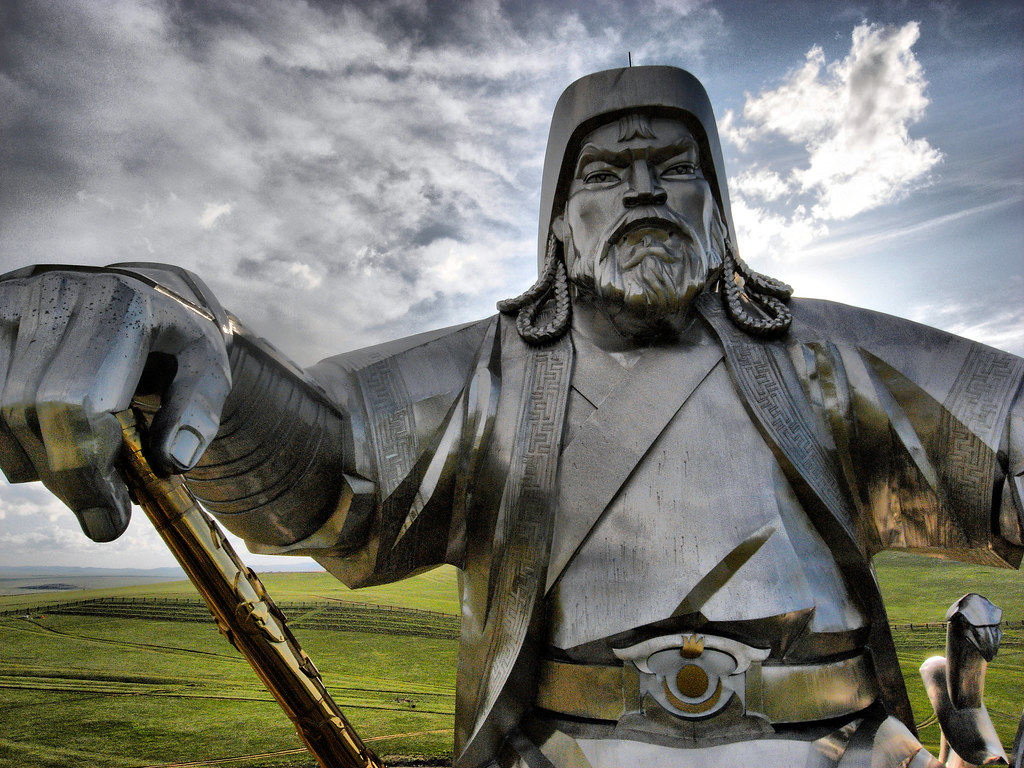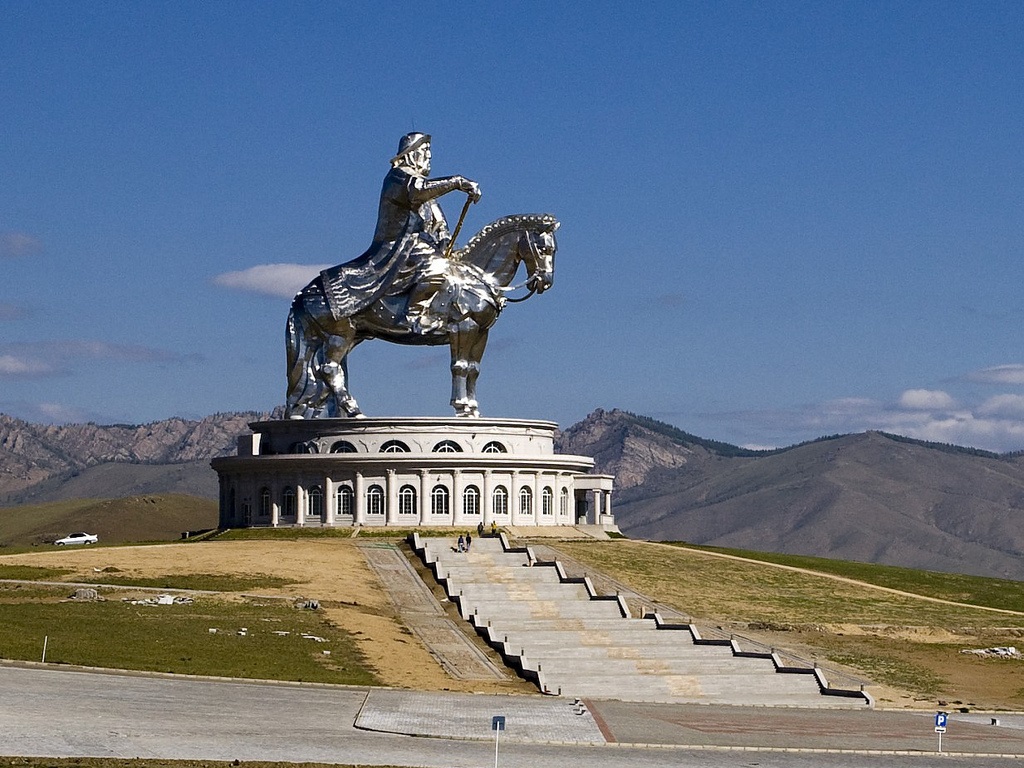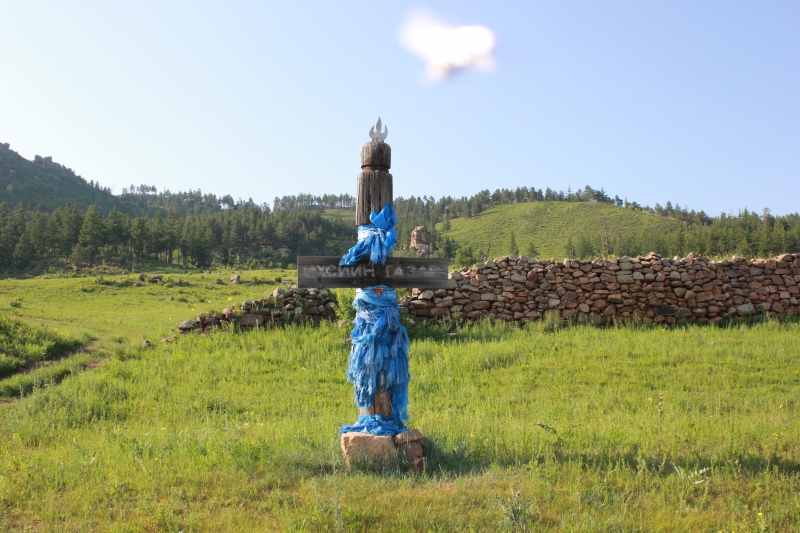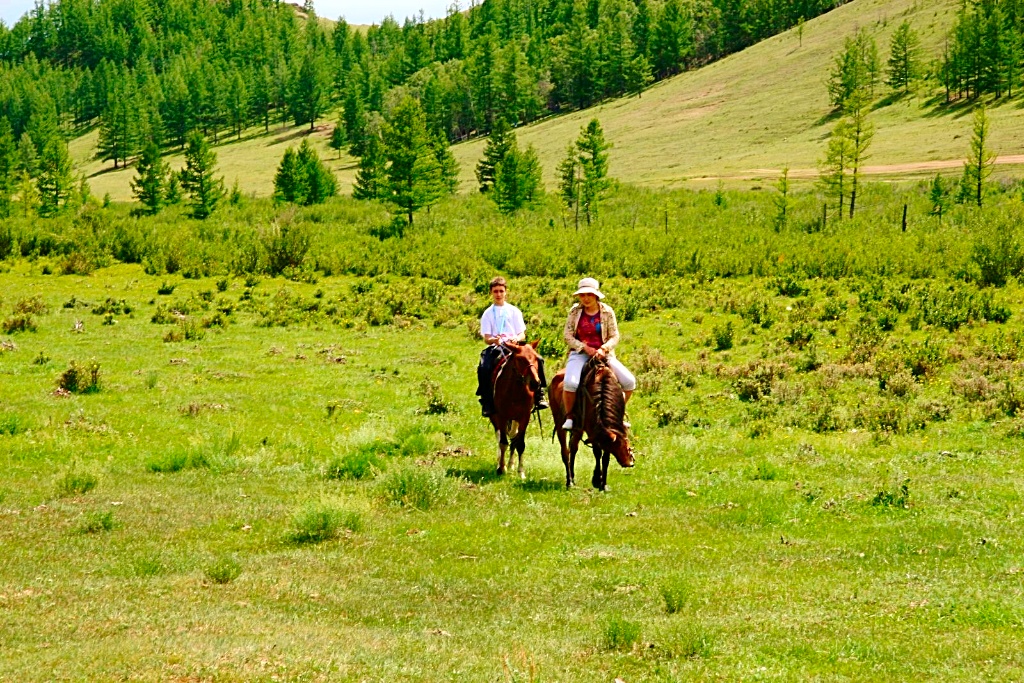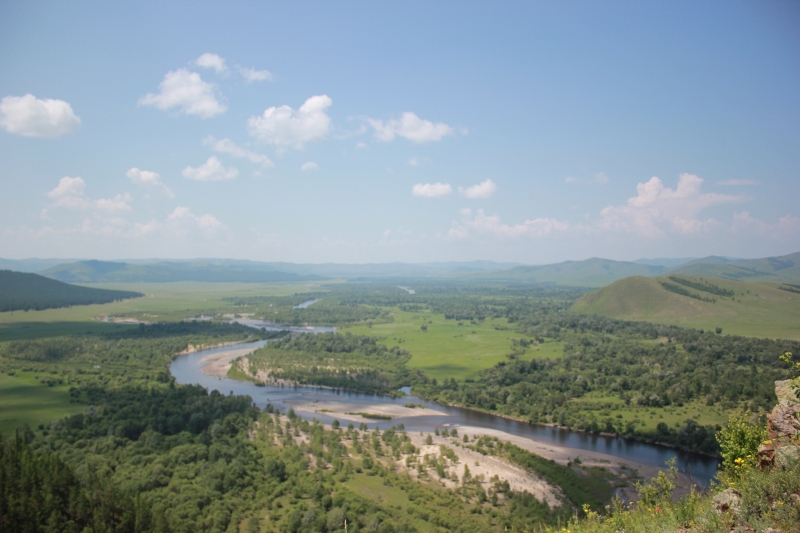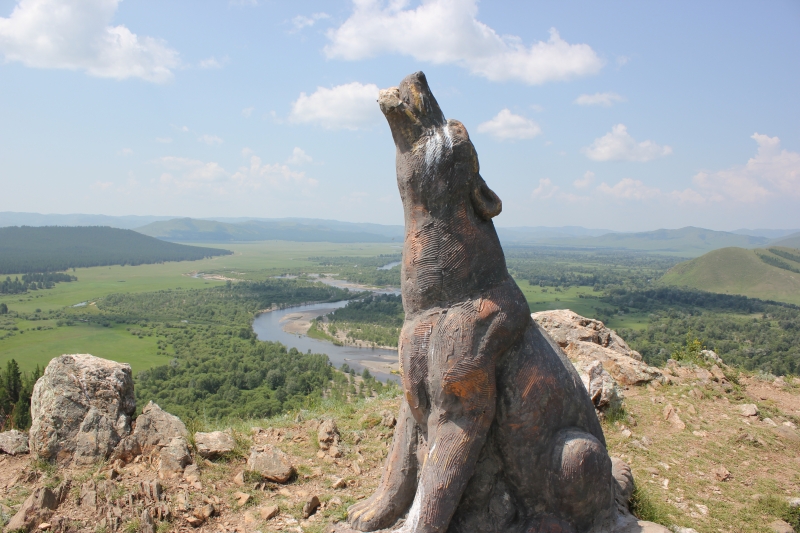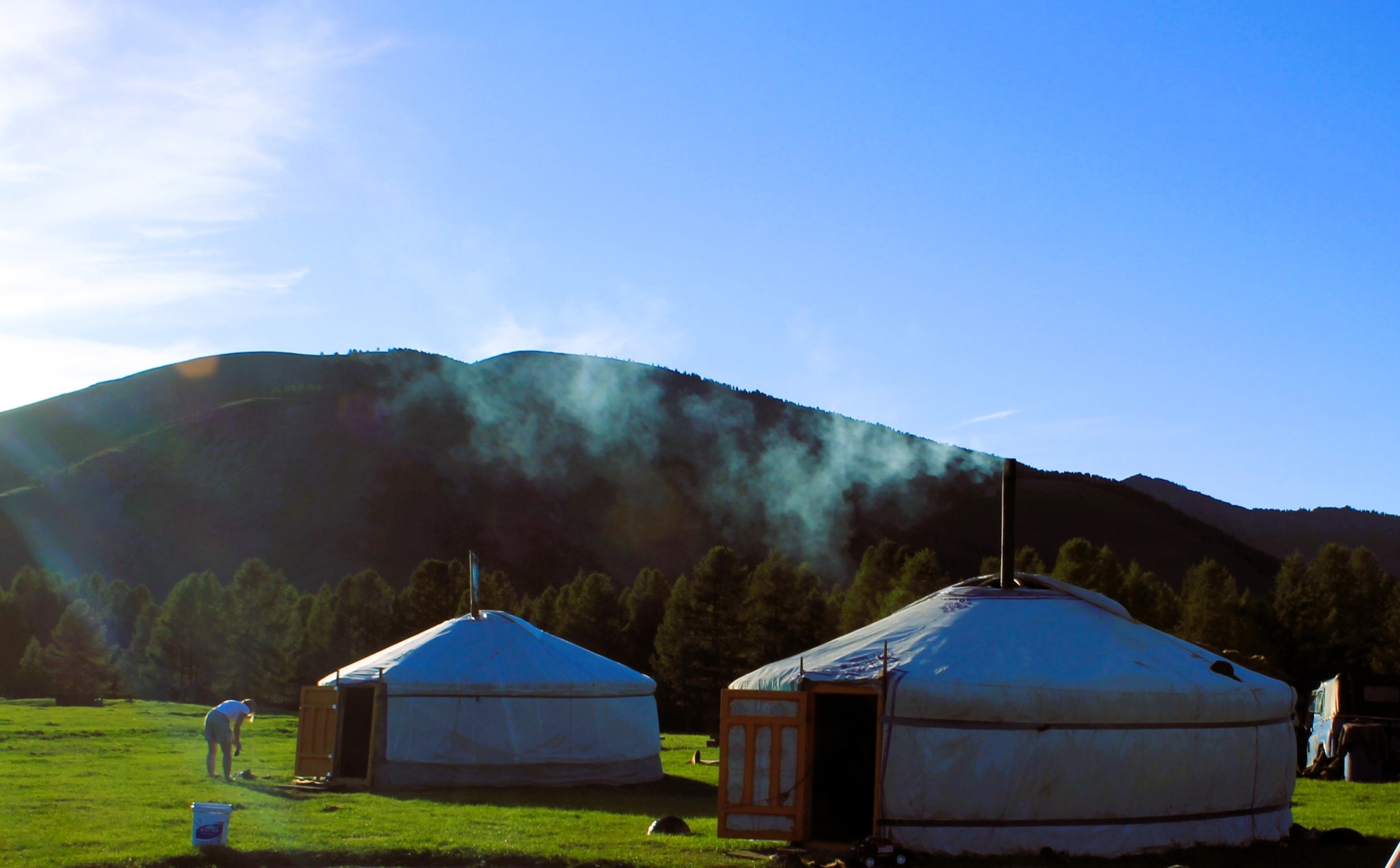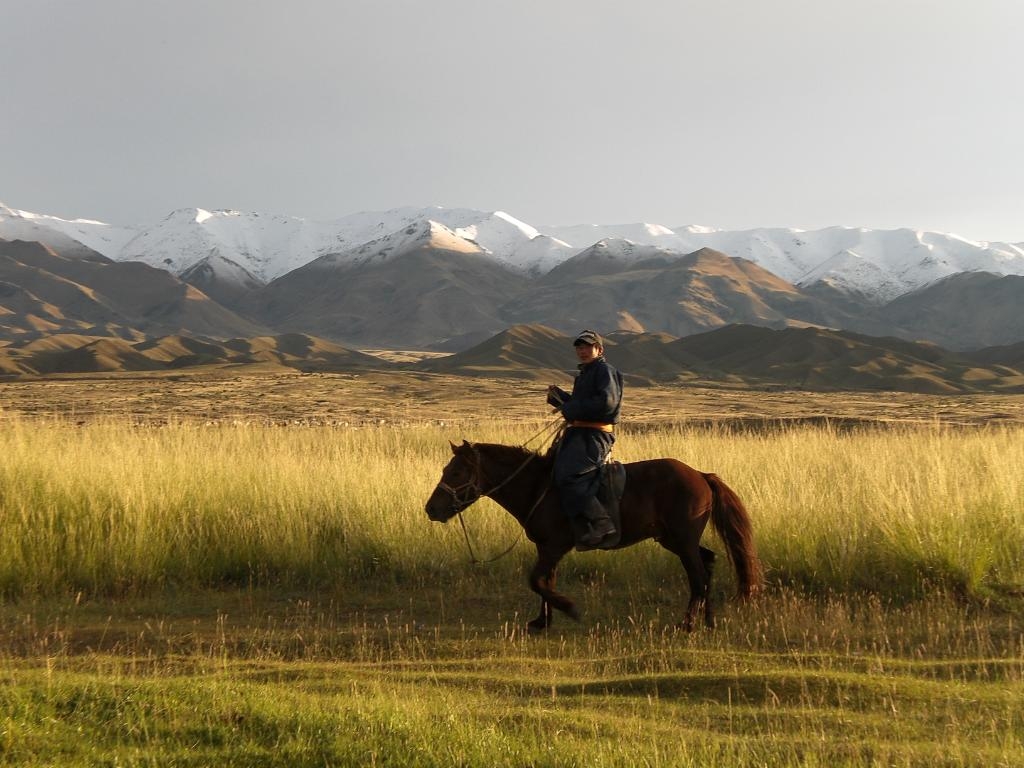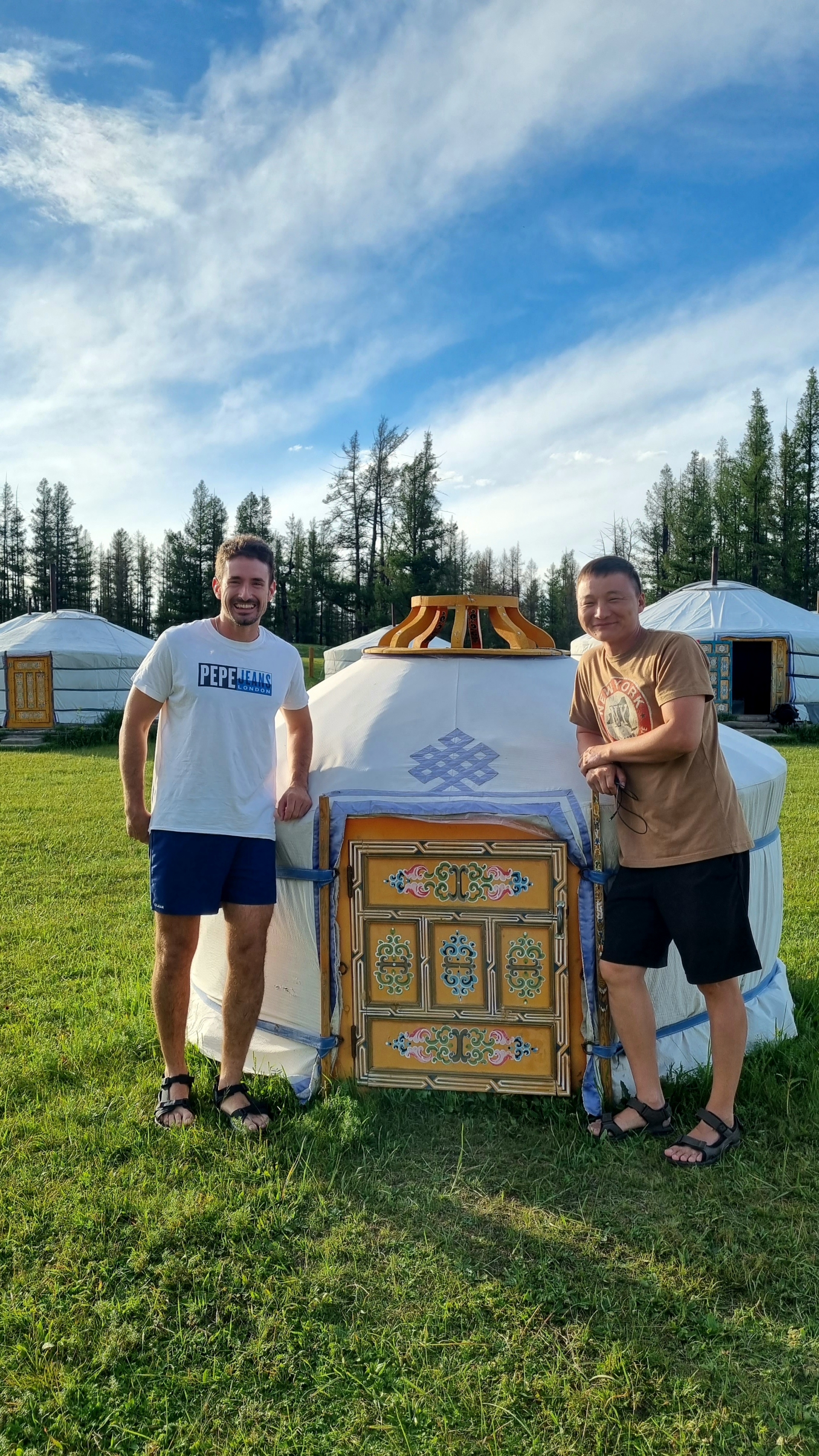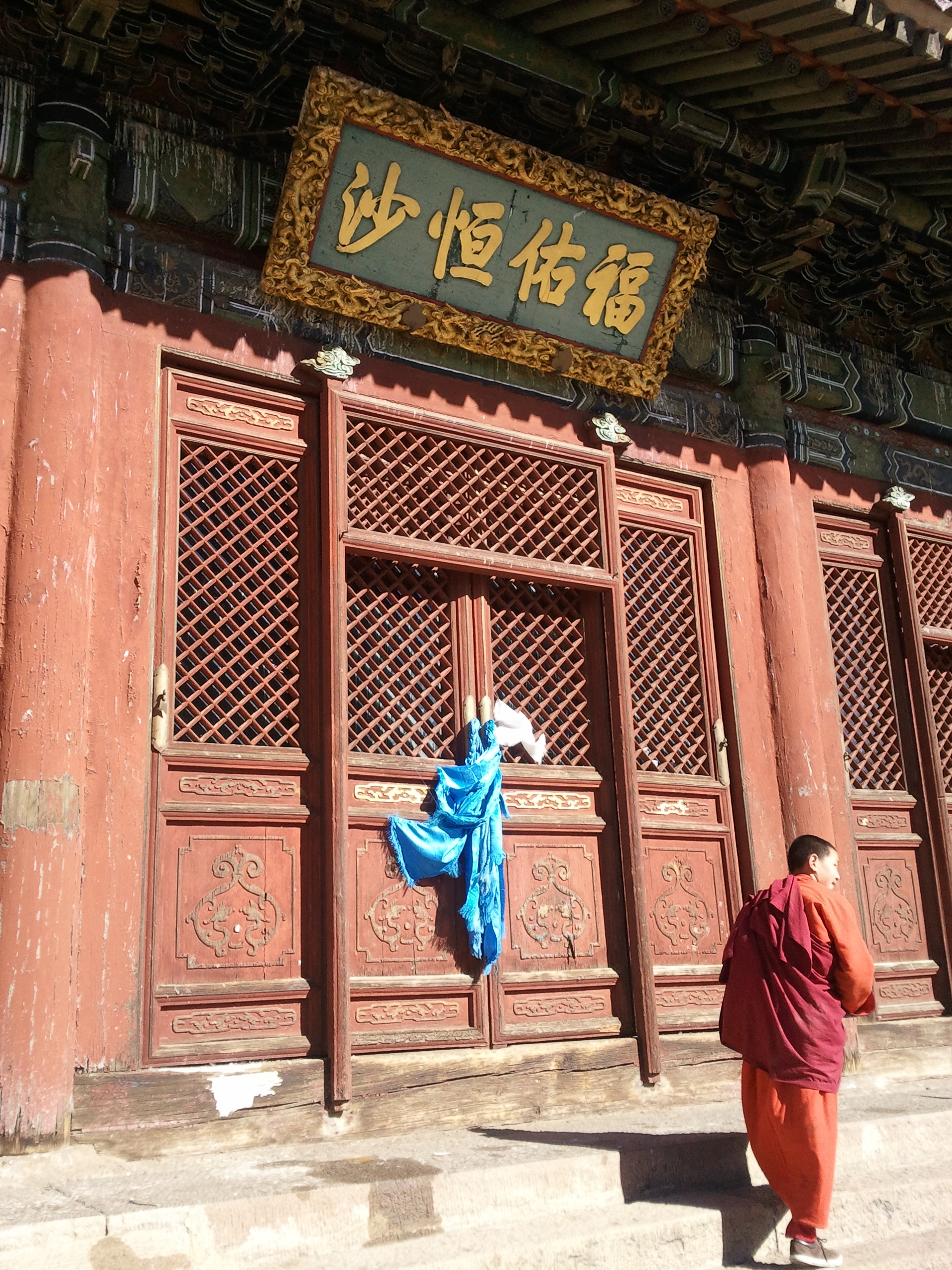Destinations
Baldan Bereeven Monastery
This monastery in Ömnödelger soum was first built in 1700. At its peak it was one of the three largest monasteries in Mongolia and home to 5000 lamas. Communist forces destroyed it in the 1930s. It has now been mostly restored, the main temple with splendid dragon motifs on the ceiling was renovated in 2010. Around 10 lamas are back and if you're lucky, one of them will chant a blessing over you and anoint you with water. By the main gate there's a map showing a circular walk that takes in the temple buildings, the ruins, a mountain viewpoint and Eej (Mother) Cave, which acts as a purifying place for anyone who passes through it. The road to the monastery heads north from Khangil Nuur and goes straight over the hills; it is about 9km. A flatter but more circuitous route goes northeast from Khangil nuur.You can camp nearby, stay at the small ger camp around the corner or proceed to the Bayangol Ger Camp, 15km to the west. About 17km past the monastery, on the way to Binder are two deer stones, which may have served as burial markers during the Bronze and Iron ages.
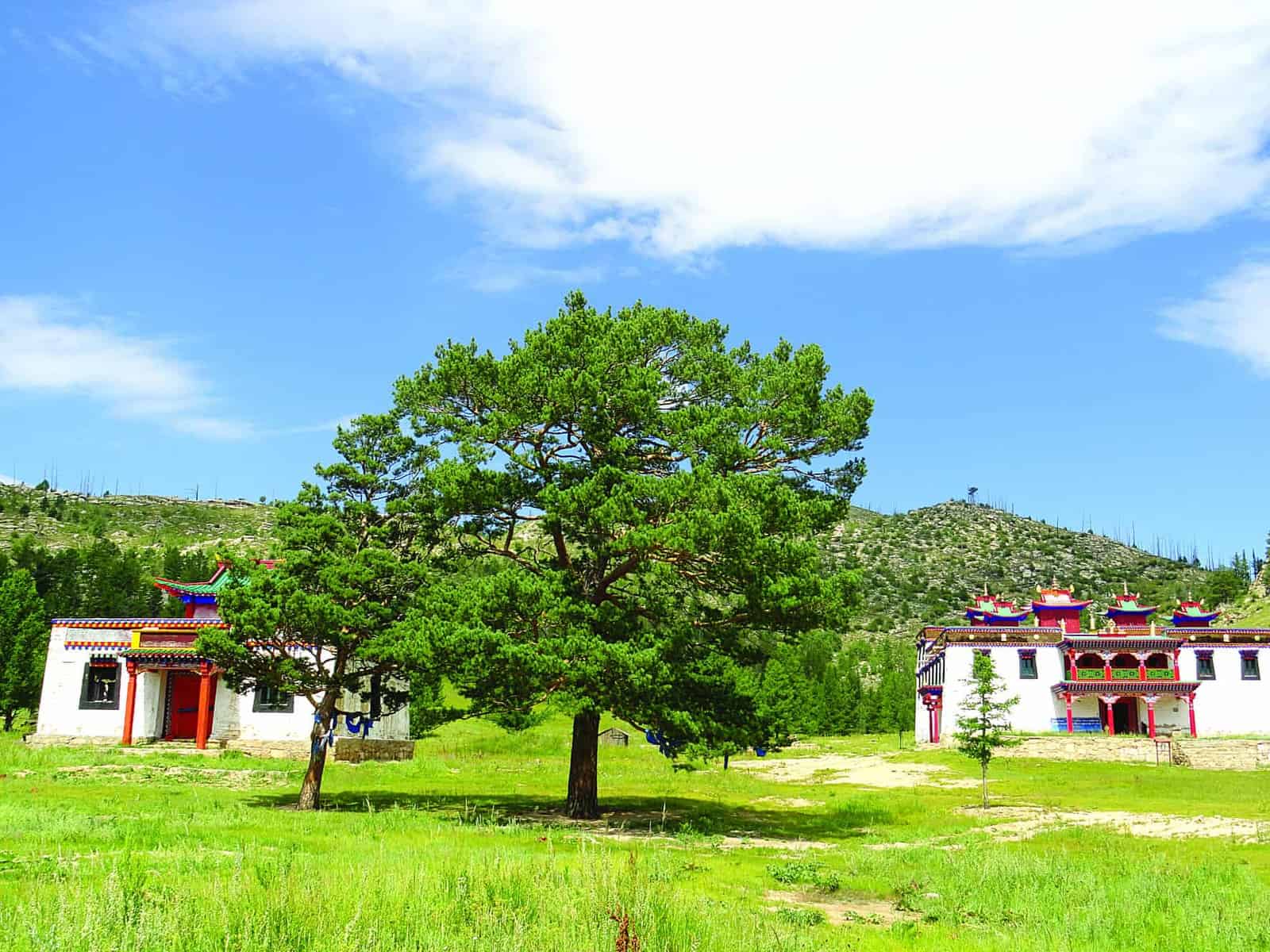
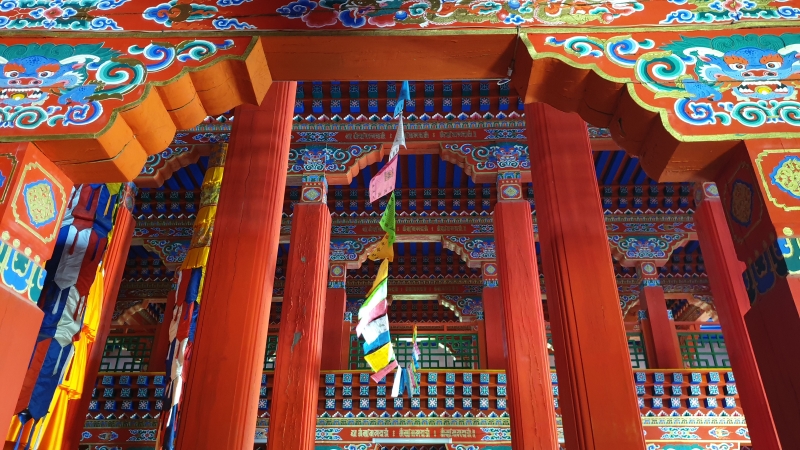
Burkhan Khaldun Mountain
The site is situated in the north-east of the country in the central part of the Khentii mountain chain where the vast Central Asian steppe meets the coniferous forests of the Siberian taiga. Burkhan Khaldun is associated with the worship of sacred mountains, rivers and ovoo-s (shamanic rock cairns), in which ceremonies have been shaped by a fusion of ancient shamanic and Buddhist practices. The site is also believed to be the place of Genghis Khan’s birth and burial. It testifies to his efforts to establish mountain worship as an important part of the unification of the Mongol people.
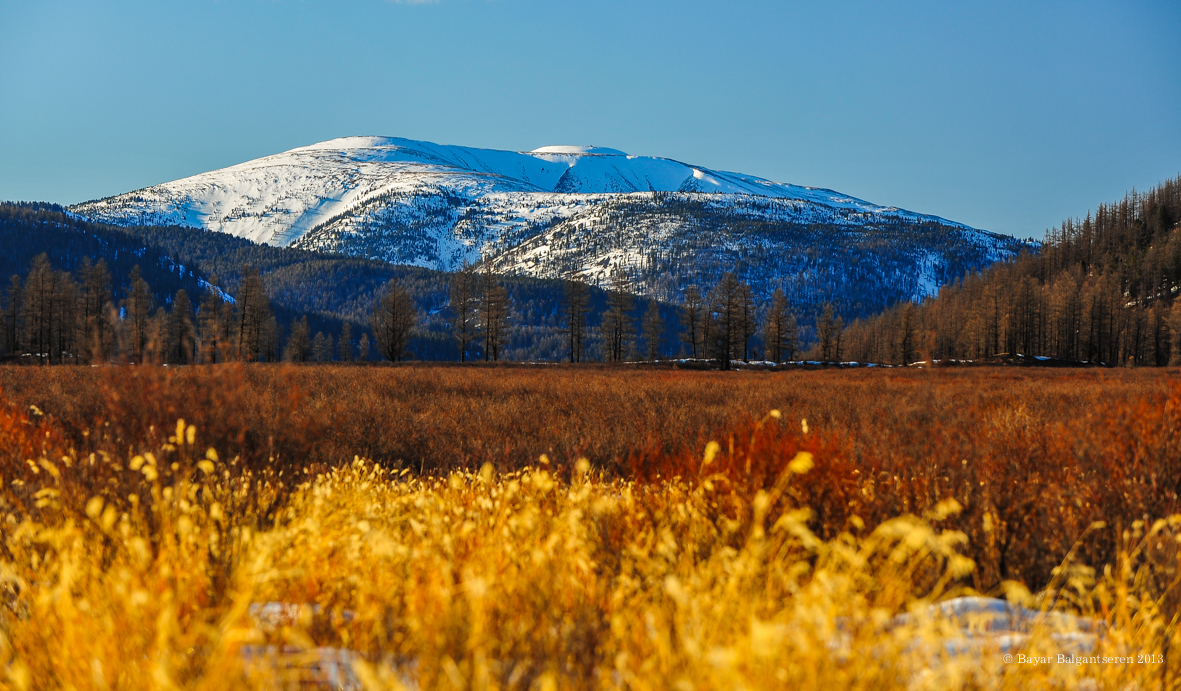
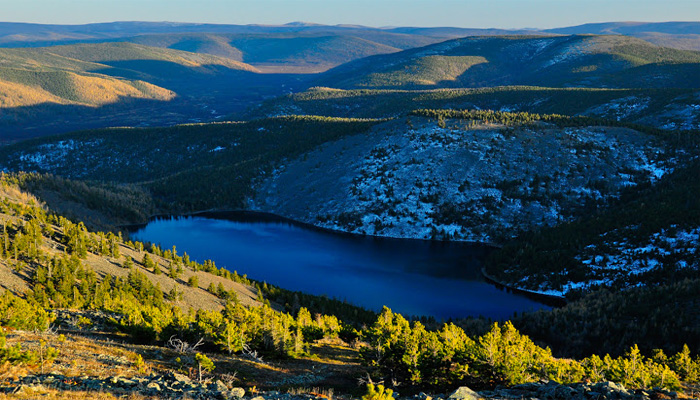
Deluun Boldog
For his 800th birthday, a statue of Genghis Khan was erected in 1962 at Deluun Boldog; a place believed to be the great khan's birthplace, close to what is today Dadal soum, an attractive wooded area in North-west Khentii region. The area contains trails and lakes for visitors as well as monuments where you can learn why this fierce warrior and great leader is still revered today. Dadal Sum once housed one of three great lamaist temples consecrated to Genghis Khan, but which was razed in the 1930s. Now there are stone monuments to him erected in the surrounding beauty of the Mongolian countryside.

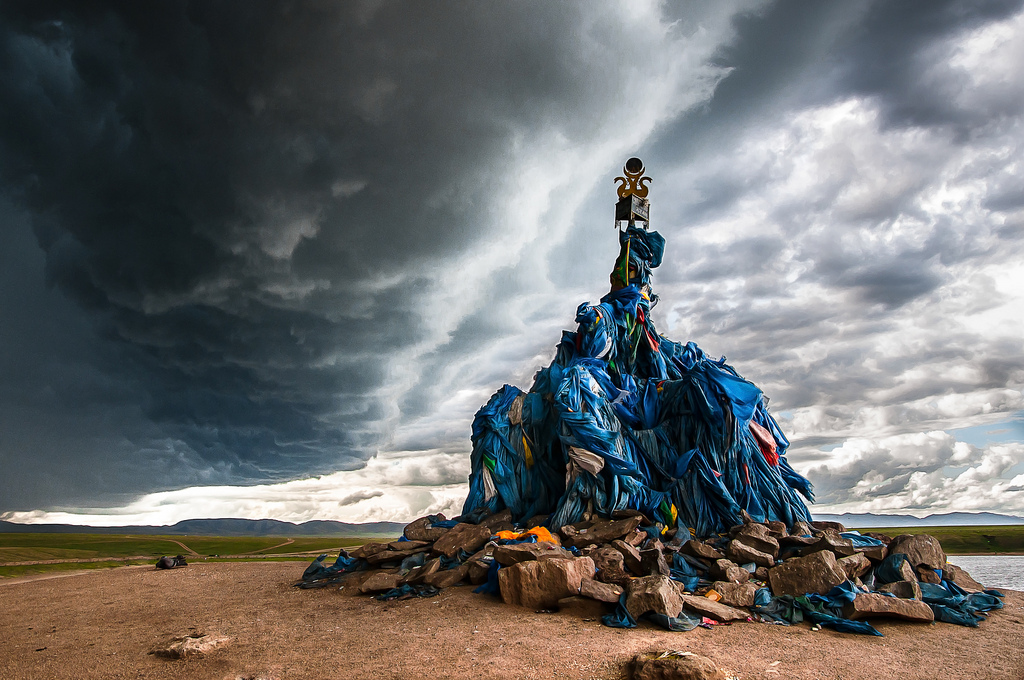
Khar Zurkhnii Khukh Lake
It was mentioned that Temuujin (Genghis khan's childhood name) moved to in the Khukh Lake ( Blue Lake ) of Kar Zurkh (Black heart) of Sengur which exists Khurelkh. Khar Zurkh is a point topped mountain with forest in its shady side and no trees in its front slope. The stone of Ger. ruin with diameter of 15 meters is on the south side of this lake. It would be ruin of the Palace where Genghis Khan was was entitled as a Khan of Mongols in 1189 . The land around the lake is a region as a taiga forest zone and vast depression surrounding mountain ranges.
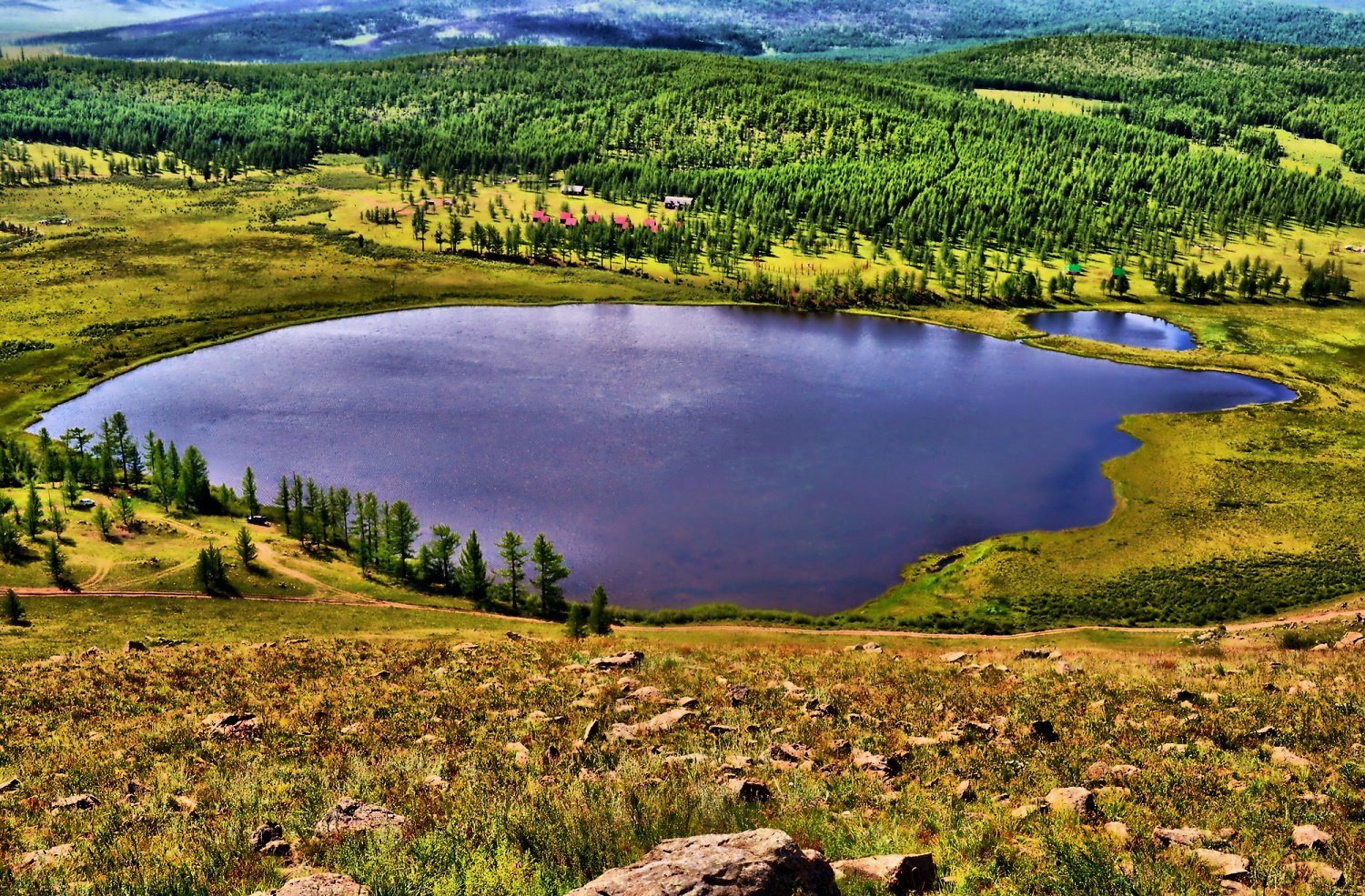

Oglogch Wall
Oglogch Wall is located at the base of Daichin Mountain, 45km southwest of Batshireet soum. The wall, 3km in length, is made entirely of stones without the use of mortar. When Russian archeologist S.Kondratiev explored the site in 1926, the wall was 2.5-4.5 meters in height. Today it stands 3.1 meters tall at its highest point. Last summer, Mongolian-American joint expedition team "Genghis Khan" discovered approximately 60 tombs near the wall. The archeologists believe that Oglochiin Kherem may be a burial place of great Mongolian figures, such as Genghis or Kublai Khan.

Terelj National Park
Terelj National Park is the most popular destination and the third biggest protected area in Mongolia . Visitors can take leisurely strolls on meadows carpeted with edelweiss and a dazzling variety of other wild flowers, view fascinating rock formations against a backdrop of pine covered mountains and wander along the wooded banks of a mountain stream. The park is located 80 km away from Ulaanbaatar and is one of the most beautiful places in Mongolia . There are also a huge number of adventure activities such as rafting, riding, hiking, skiing, camping and mountain biking.
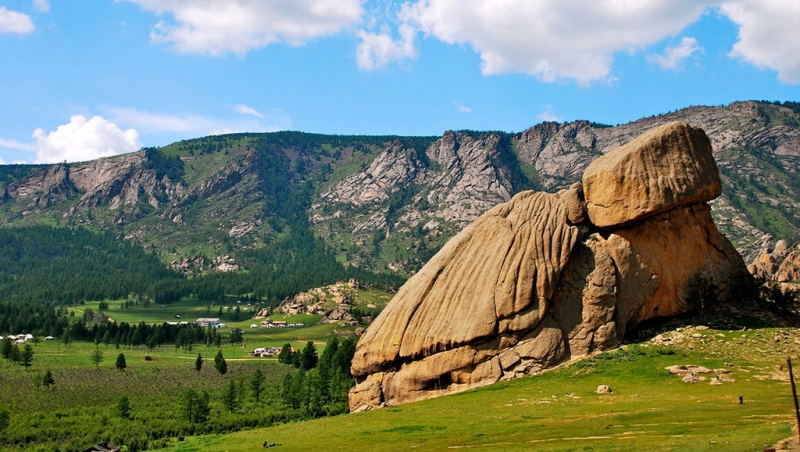
Kherlen River
The Kherlen is one of the three famous rivers which rise in the Khentii mountain Range, and it flows for 1.264 kilometers to drain into Lake of Dalai Nuur in China . There are many kinds of fishes and birds such as geese, duck, Amur Catfish, Umber, Taimen, Lenok, Amur Chub, Mirror Carp, Golden Carp, & Amur Ide. etc. An honorary monument at Khodoo Aral near the Kherlen River was dedicated to Genghis Khan. Historians write that the khan came to power at Khodoo Aral, an area from which he later emerged to unite the nomadic tribes of Mongolia . Ogoodei Khan and Munkh Khan were later enthroned at Khodoo Aral.
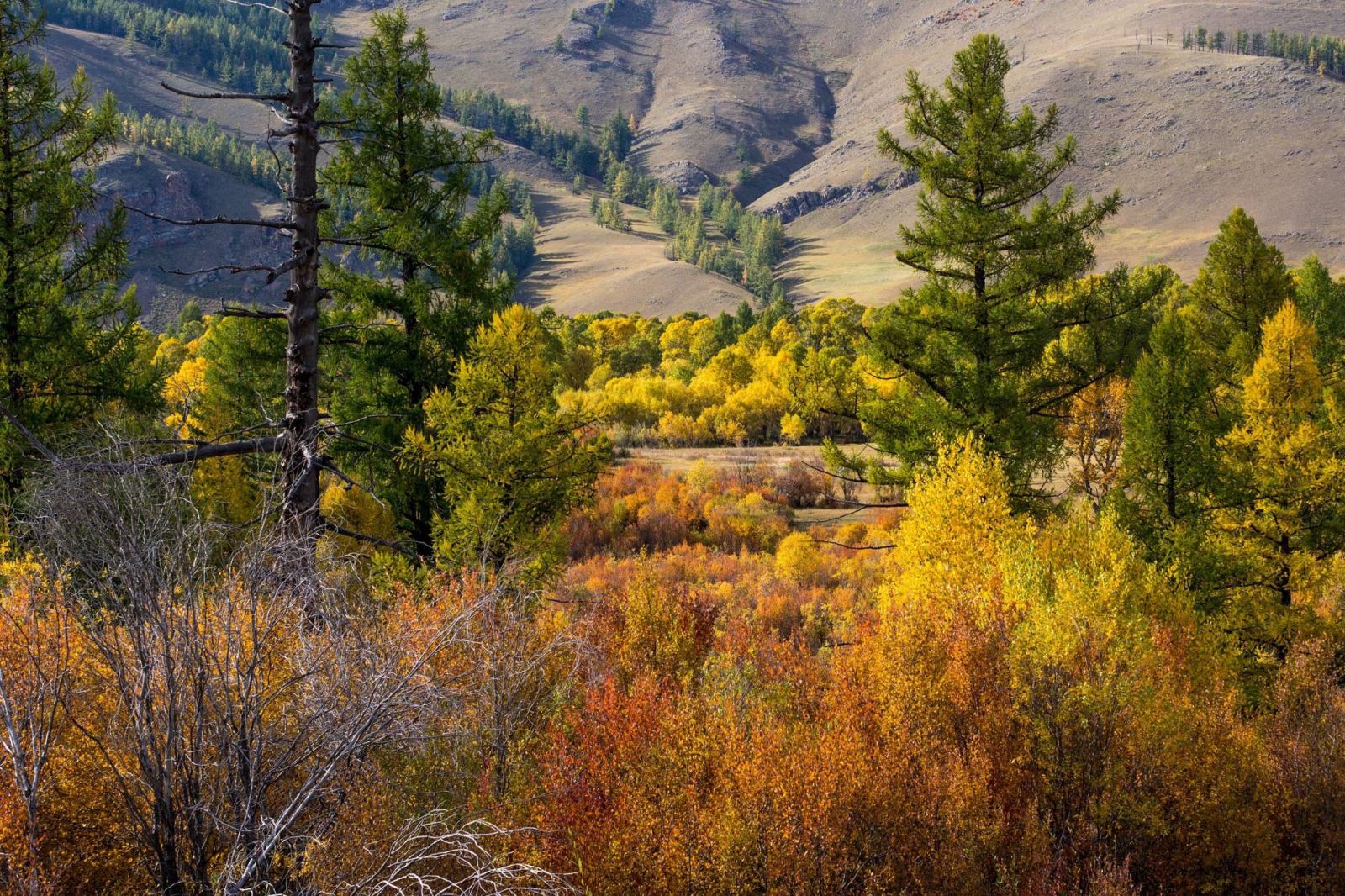
Khan Khentii Mountain National Park
This is the native land of Genghis Khan and contains many important historical and cultural sites. The park is landscape of transition from Siberian taiga forest to grass steppe. Khan Khentii Mountain National Park is one of the Mongolian natural and historical treasures, declared by UNESCO as world heritage site. Khan Khentii is covered with forests, taiga, and mountain forest steppe. It is the land described in The Secret History of Mongols, a literary monument of the nation, and is a protected area located northeast of the capital city.
.jpg)
Tsonjin Boldog and 13rd Century
Chinggis khan statue complex is located 54 km from Ulaanbaatar among beautiful natural scenery on the bank of river Tuul, in the place called "Tsonjin Boldog", memorial place connected with historic events. The statue in total is 40m high from surface erected at about 10 m high foundation and surrounded by columns. Far sighted Chinggis Khaan holds a golden whip in his right hand. There are restaurants and souvenir shops, the exhibition hall.
"13th Century National Park" is located in Erdene soum, Yol Mountain 96km from Ulaanbaatar. The goal of "13th century" national park is build and establish real-time micro kingdom to make the lively feeling for its guests during their stay by genuinely providing true environment of the way of living and working of the 13th century. Visitors can enjoy annual celebrations, customs such as making felt cover for Gers, sling wool, sacred ceremony to praise flag, heaven by sacrificing, wedding, weeping camel, mare milking, sealing folks and organizing three games of men. Here the guests can dine with Khans and Queens visit the residents of lords and learn to write in Mongolian scripts and play in horse-headed fiddle /Morin khuur/.
